Clean Roads, Clean Image
CLW GROUP Street Sweeper Trucks are engineered for municipal and industrial road cleaning. With rotating side brushes, high-powered vacuum suction, and a water spraying system, these trucks handle everything from dust and sand to gravel and leaves.
Key Features:
✔️ Dual-side brushes with central suction system
✔️ Water spray bars for dust suppression
✔️ Hopper capacity from 4 to 10 cubic meters
✔️ Stainless steel waste and clean water tanks
✔️ Optional rear camera, auto-dump system, and left/right steering
✔️ Built on chassis from CLW, Isuzu, Dongfeng, FAW, Sinotruk
Trusted by city sanitation departments and industrial parks worldwide, these sweepers make street maintenance fast, clean, and efficient.
Technical specifications:
| Specification | Details |
|---|---|
| Chassis Brand | CLW, Isuzu, Sinotruk, Sitrak, HOWO, Shacman, Dongfeng, FAW, Foton, Beiben, JAC, JMC |
| Drive Type | 4×2, 6×4 |
| Sweeping Width | 2.5 – 3.5 meters |
| Dustbin Volume | 4 – 10 cubic meters |
| Water Tank Capacity | 1,000 – 2,000 liters |
| Sweeping System | Side brushes + Vacuum suction + Water spray |
| Control System | In-cab electric control panel |
| Optional Features | Rear camera, high-pressure washer, air blower |
Street Sweeper Truck: Suction, Brush & Water Spray System for Urban Road Cleaning
Street sweeper trucks are a critical part of modern urban infrastructure. As cities expand and vehicular traffic increases, maintaining clean and safe road surfaces becomes more important than ever. These vehicles, equipped with a variety of systems including brushes, suction units, and water spray nozzles, are designed to handle the complex task of street cleaning efficiently. From mechanical broom sweepers to fully electric models releasing zero emissions, street sweepers play a key role in improving sanitation and protecting water quality.
Evolution of the Sweeper Truck
The history of the street sweeper dates back to early mechanical designs like the ones pioneered by Joseph Whitworth and Charles Brooks, the latter being an African-American inventor who revolutionized urban sanitation with innovations in collection and disposal. Today, modern street sweepers are engineered with advanced technology, including dust suppression systems, large hoppers, and efficient water tanks.
Importance of Street Sweeping in Road Maintenance
Street sweeping is essential for maintaining road surfaces in urban areas, especially on busy city streets. It prevents the accumulation of dirt and debris, animal waste, and small particles that can cause dust emissions and clog drainage systems. Effective in removing these contaminants, sweeping and washing improve the lifespan of roads and ensure public health.
Street Sweeper Trucks: Key Systems and Technologies
Street sweeper trucks typically consist of several integrated systems:
- Brush System: Includes front brushes and gutter brooms with wire bristles to dislodge dirt.
- Suction System: Uses powerful vacuum units for debris removal.
- Water Spray System: Reduces dust emissions during sweeping.
- Hopper: Stores collected waste before it’s transferred to a garbage truck or disposal facility.
These sweeping systems can be found in various types of street sweepers, including mechanical street sweepers, suction-based models, and electric street sweepers.
Road Sweeper Truck Configurations
Road sweeper trucks come in different configurations depending on their use. Heavy-duty road sweepers are suited for highways and industrial zones, while compact sweepers are ideal for narrow urban roads. The sweeping width, maneuverability, and sweeping time vary based on the vehicle design and application.
Street Sweeper Truck Manufacturers and Chassis Options
Renowned manufacturers like CLW, Dongfeng, and Isuzu offer customizable chassis for street sweeper trucks. These chassis support the mounting of sweeping machines and ensure compatibility with systems for suction, water spray, and mechanical broom operations. Electric power options and compressed natural gas (CNG) variants are now available for reduced emissions.
Advanced Features in Modern Sweepers
Some of the latest advancements in street sweeping technology include:
- Zero Emissions Design: Fully electric models for urban areas.
- Dust Control and Suppression: Improved water tank and spray systems.
- Easy Access for Maintenance: Better serviceability and access to key components.
- Tight Turning Radius: Enhanced maneuverability in city environments.
Applications of Street Sweepers in Urban Areas
Street sweepers are designed to clean paved surfaces, especially in dense urban zones. They are effective in sweeping and washing roads, sidewalks, and parking areas. Additionally, they play a significant role in road maintenance and protecting water quality by preventing pollutants from entering stormwater systems.
Integration of Street Cleaners with Other Vehicles
In some applications, street sweepers are used in conjunction with garbage trucks and road sweeping trucks. This integration allows for continuous cleaning and collection, enhancing efficiency.
Electric Street Sweeper: A Green Solution
Electric street sweepers are increasingly popular due to their low operating costs and environmental benefits. These vehicles operate quietly and emit no pollutants, making them suitable for noise-sensitive and environmentally regulated areas. Their sweeping width and effectiveness rival those of traditional models.
Mechanical Street Sweeper and Its Role
Mechanical street sweepers use rotating brushes to physically collect debris. Often equipped with a mechanical broom and large hopper, these sweepers are especially effective on rough surfaces. They are commonly powered by CNG or diesel engines but are now transitioning toward electric power.
The Elgin Sweeper Legacy
Elgin is a prominent name in the sweeper industry. The Elgin Sweeper Company is known for high-quality mechanical street sweepers and innovative designs. With a wide product page offering electric and traditional models, Elgin has been instrumental in shaping street sweeping technology.
Key Components and Materials
- Hose and Bristle: Essential for vacuum and brushing systems.
- Wire Bristles: Used in brooms for aggressive cleaning.
- Large Hopper: For bulk collection of debris.
- Front Brushes and Gutter Brooms: Enhance cleaning effectiveness.
- Water Tank and Spray Nozzles: Suppress dust during sweeping.
Sanitation Benefits and Environmental Impact
Street sweepers are not just for appearance; they contribute to overall sanitation. They reduce airborne dust, remove animal waste, and ensure roads are clean for vehicular and pedestrian use. Their use is also essential in protecting water bodies from pollution through debris removal.
CDL Requirements and Operator Training
Operating a street sweeper truck typically requires a Commercial Driver’s License (CDL). Operators must be trained in using sweeping systems, handling the sweeping and washing equipment, and managing debris collection and disposal effectively.
Choosing the Right Sweeping Machine
When selecting a street sweeper, consider:
- Sweeping Width and Time: Larger sweepers clean faster.
- Dust Suppression: Effective systems reduce emissions.
- Electric Power or CNG: For zero emissions and cost efficiency.
- Maneuverability: Important for tight urban areas.
- Serviceability and Maintenance: Easy access to components.
CLW Group also offers a specialized refrigerated truck (reefer), designed to maintain precise temperature control for perishable goods during transport.
The Future of Street Sweeping Technology
With rapid advancements in street sweeping, vehicles are becoming more efficient, quieter, and environmentally friendly. Fully electric sweepers, enhanced dust control, and smart systems for better performance are now standard. Manufacturers are focusing on producing sweepers that are powerful, reliable, and sustainable.
Conclusion: Why Street Sweeper Trucks Matter
Street sweeper trucks are vital for urban cleanliness and road safety. Their sophisticated systems—from suction and water spray to mechanical brooms and large hoppers—make them indispensable in modern city maintenance. Whether powered by electric energy or compressed natural gas, sweepers are evolving to meet growing demands while minimizing environmental impact.
By investing in high-quality sweepers, cities can improve their sanitation, reduce maintenance costs, and protect their citizens’ health.
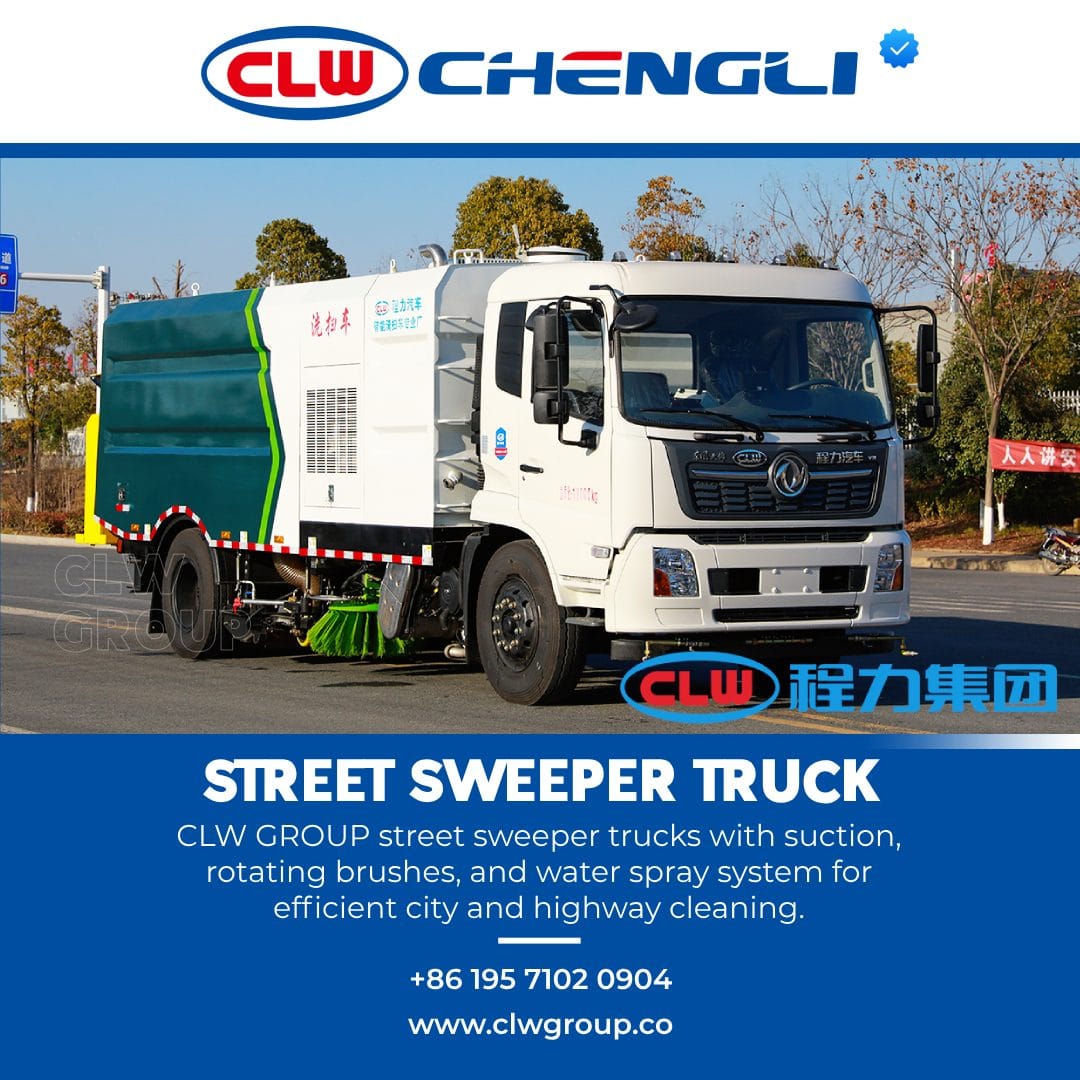


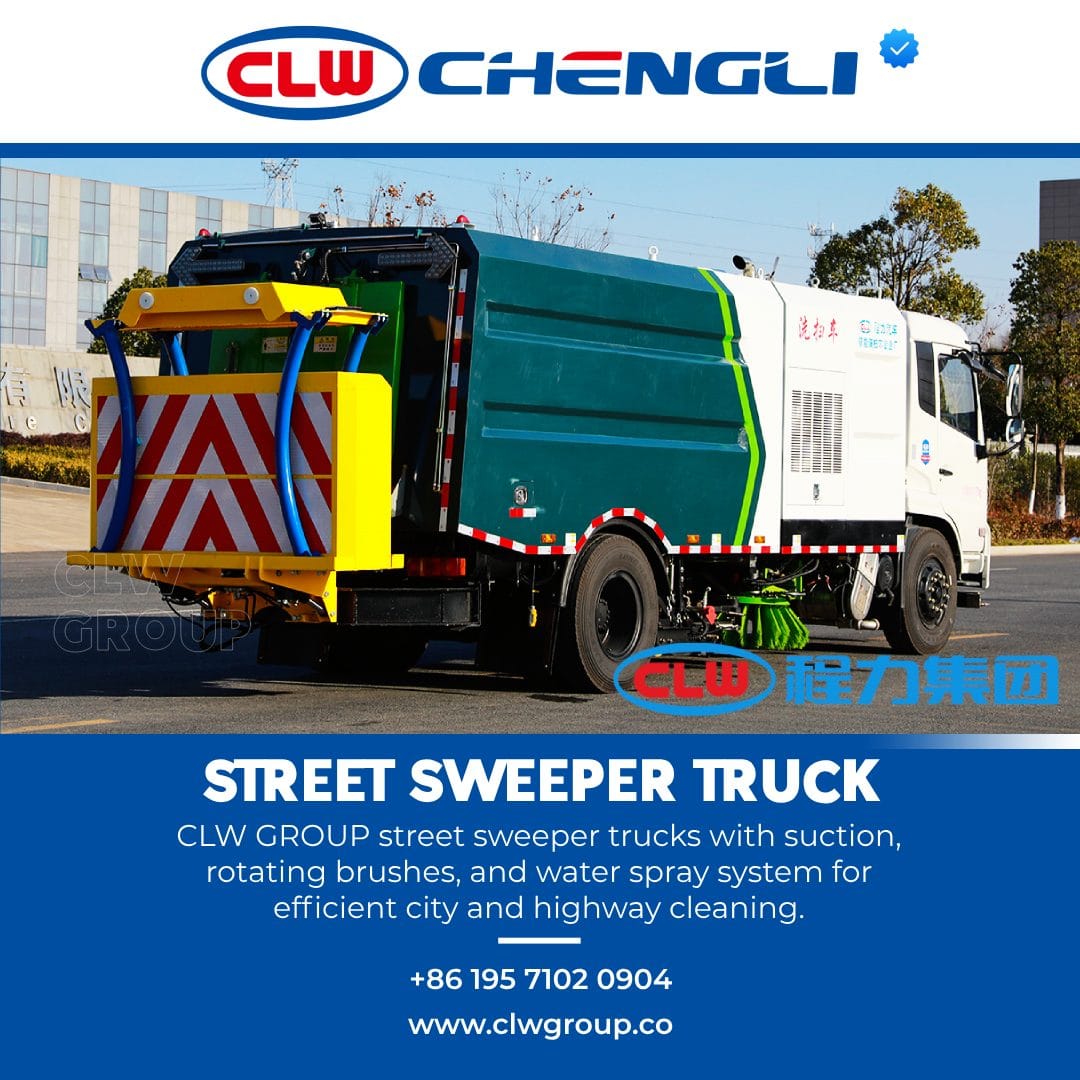
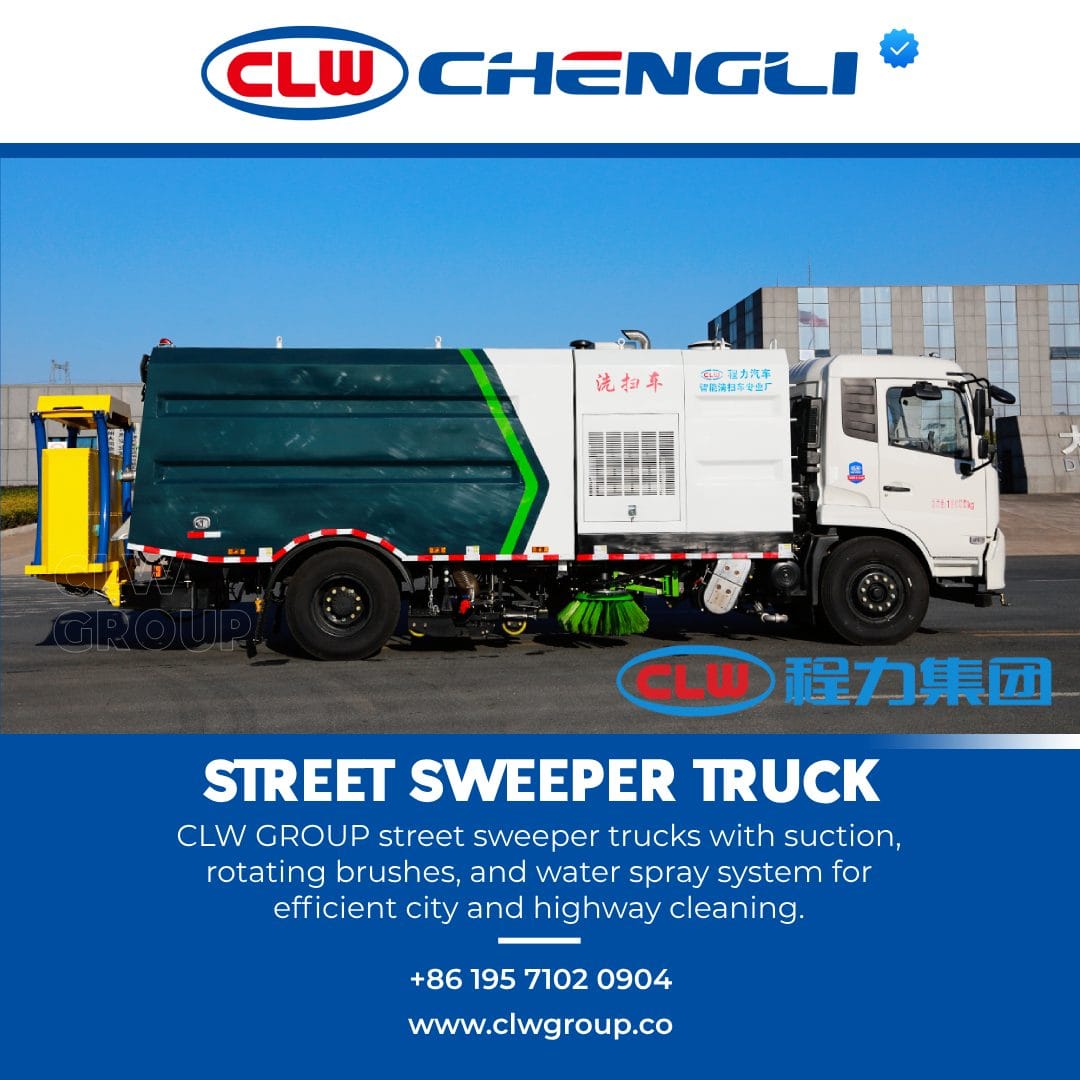
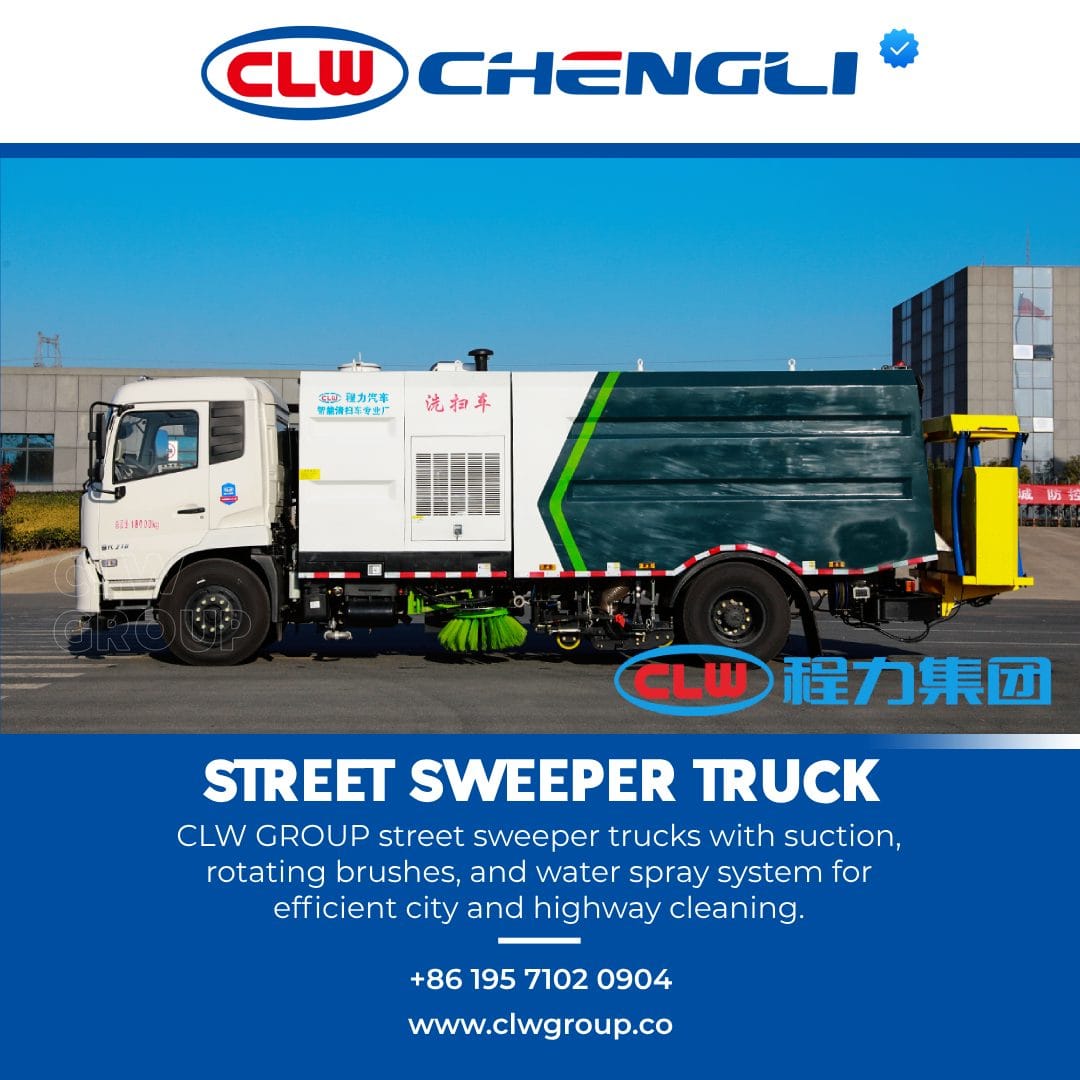
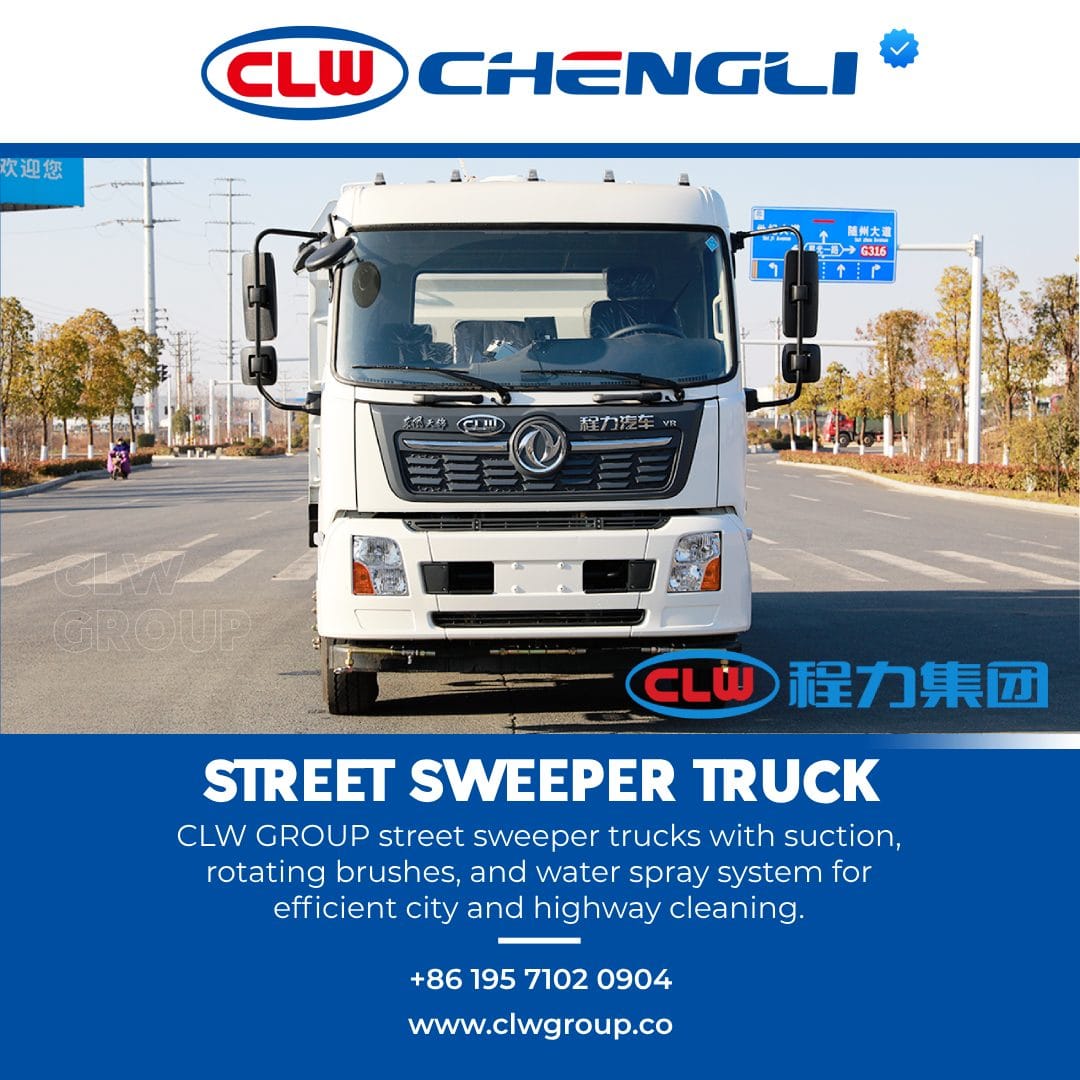
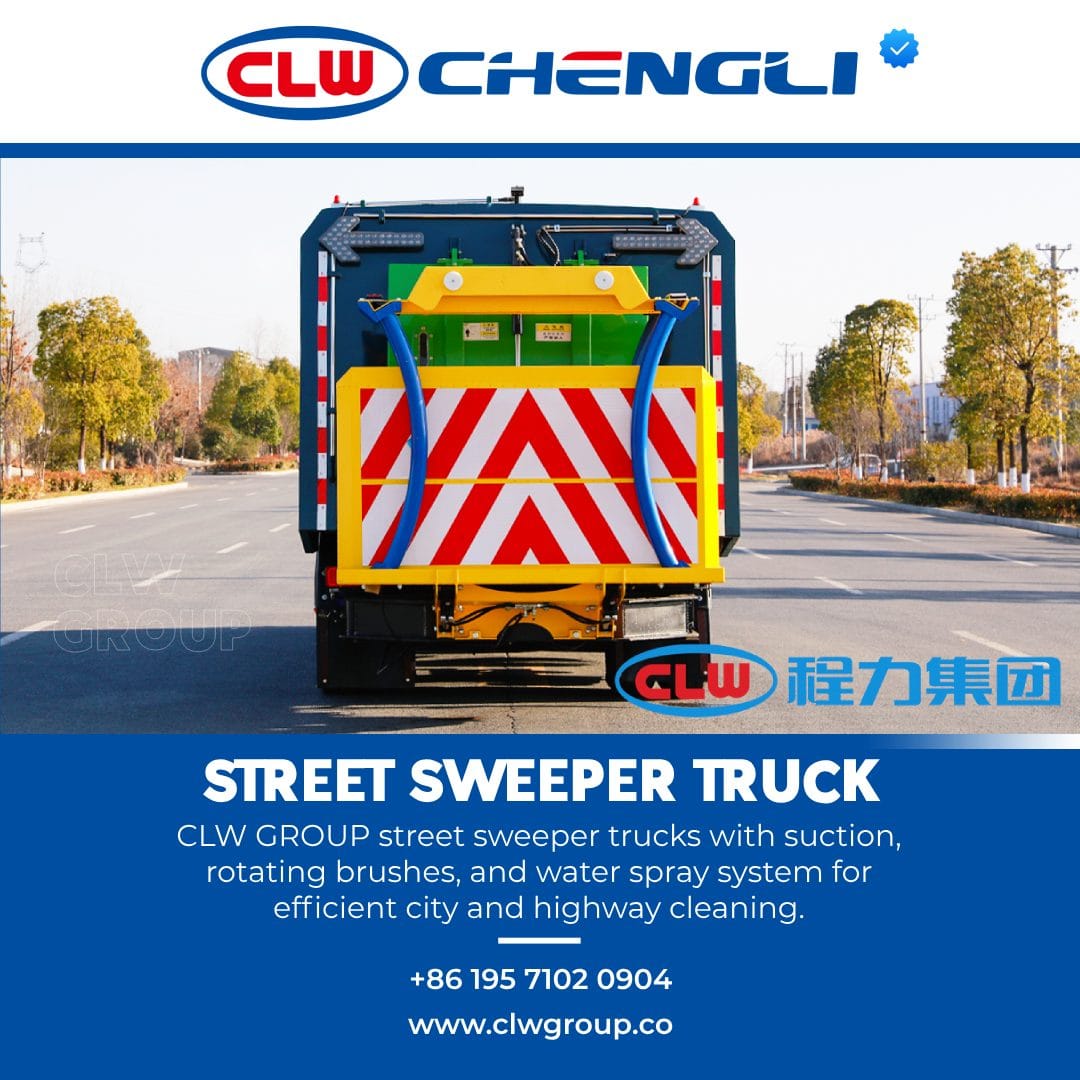


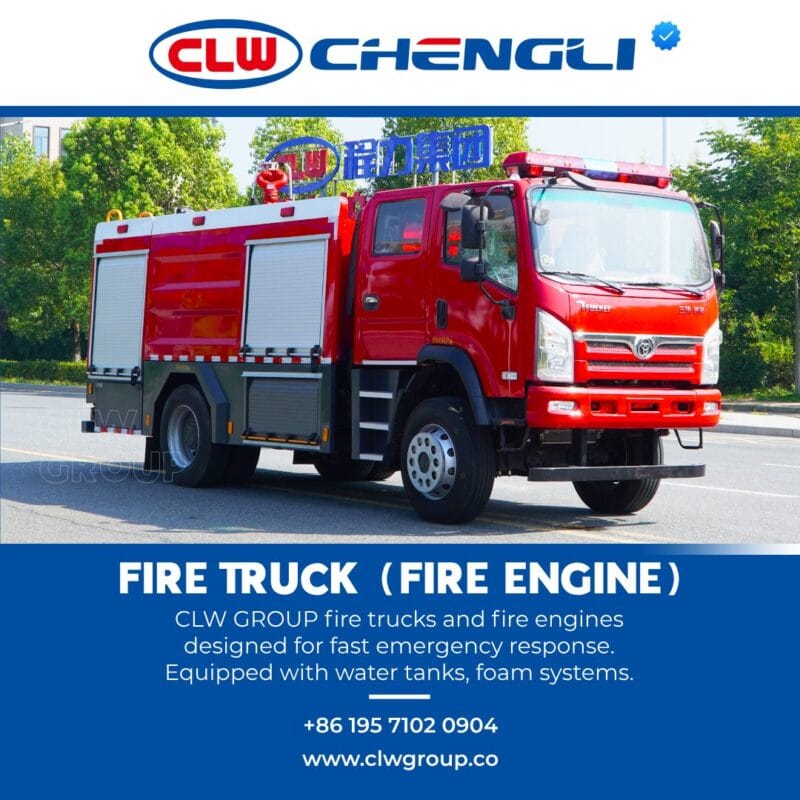
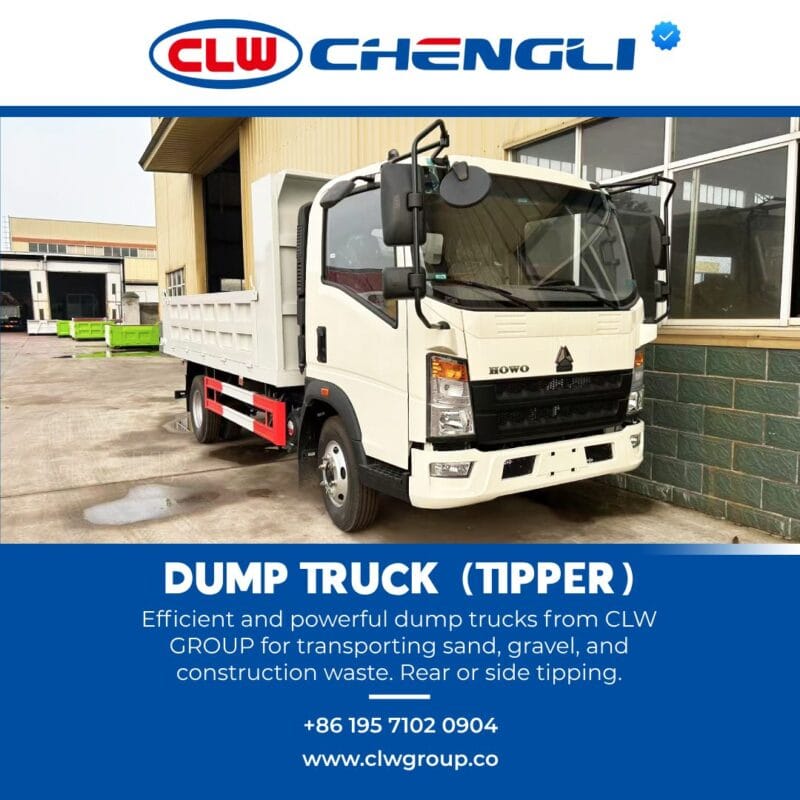
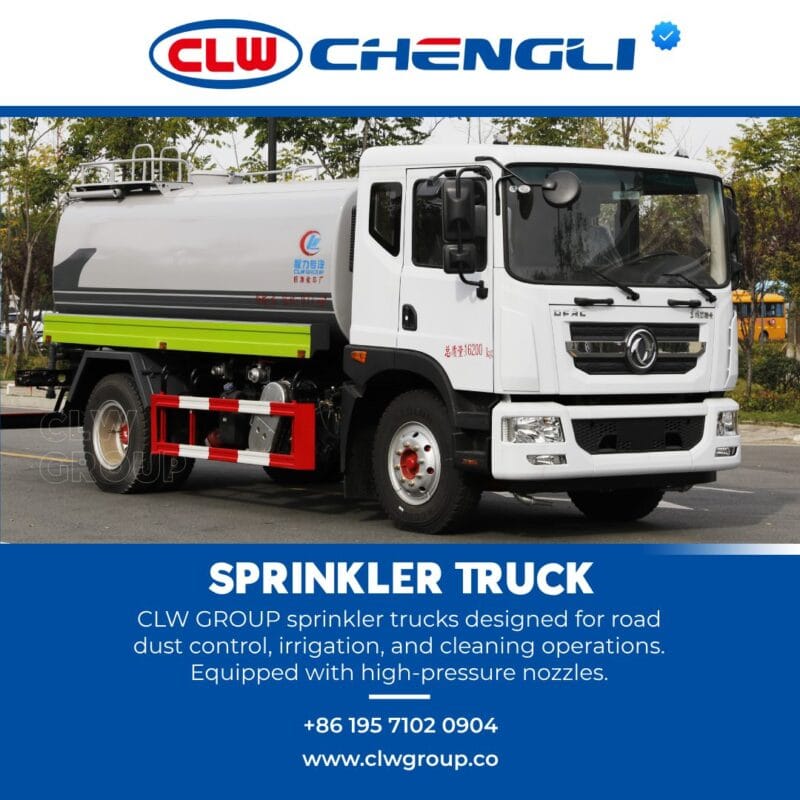
Reviews
There are no reviews yet.